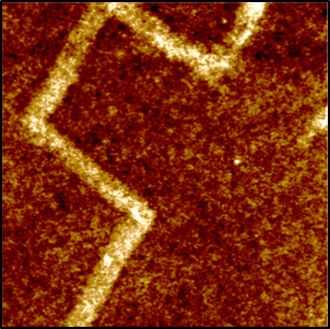 One of the problems with semiconductor firms like Intel continually shrinking the size of chips is that soon they’ll be up against the limits of the lithographic methods used to make microprocessors.
One of the problems with semiconductor firms like Intel continually shrinking the size of chips is that soon they’ll be up against the limits of the lithographic methods used to make microprocessors.
But scientists at UC San Diego may have an answer which will let Intel engineers sleep easy in their bunny suits at night.
Nanoengineers at the university claim to have invented a new type of lithography in which – they say – nanoscale robots swim over the surface of light sensitive materials to create the surface patterns that conventional lithography produced.
The scientists said that not only does it solve some of the lithography problems of the future, but it also is a simple and more affordable way of doing the trick.
Electron beam writing is very expensive and complex.
How does it work? The nanorobots are chemically powered, self propelled and magnetically controlled. Jinxing Li, a student at UC San Diego said: “All we need is these self propelled nanobots and UV (ultraviolet) light. They work together like minion, moving and writing and are easily controlled by a simple magnet.”






